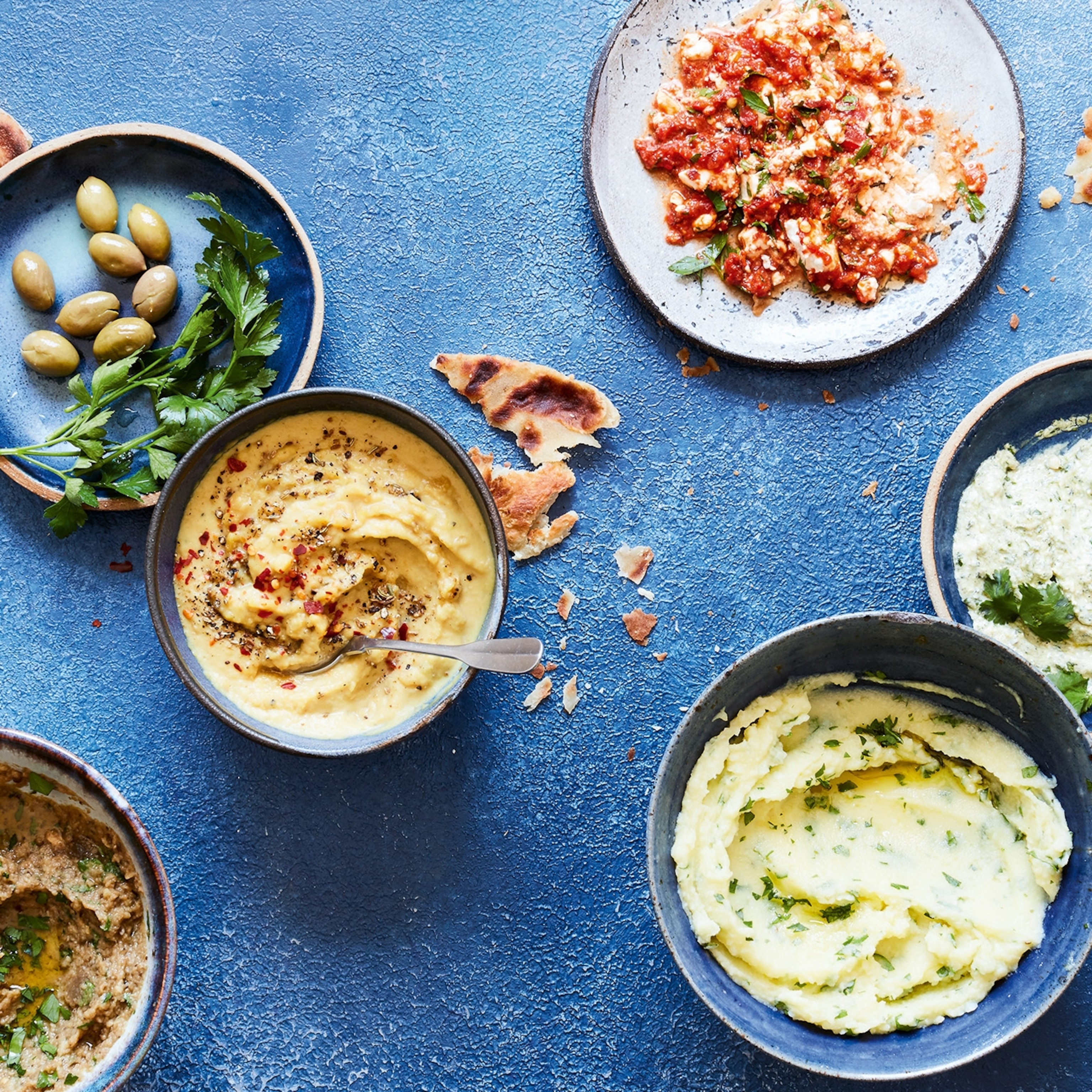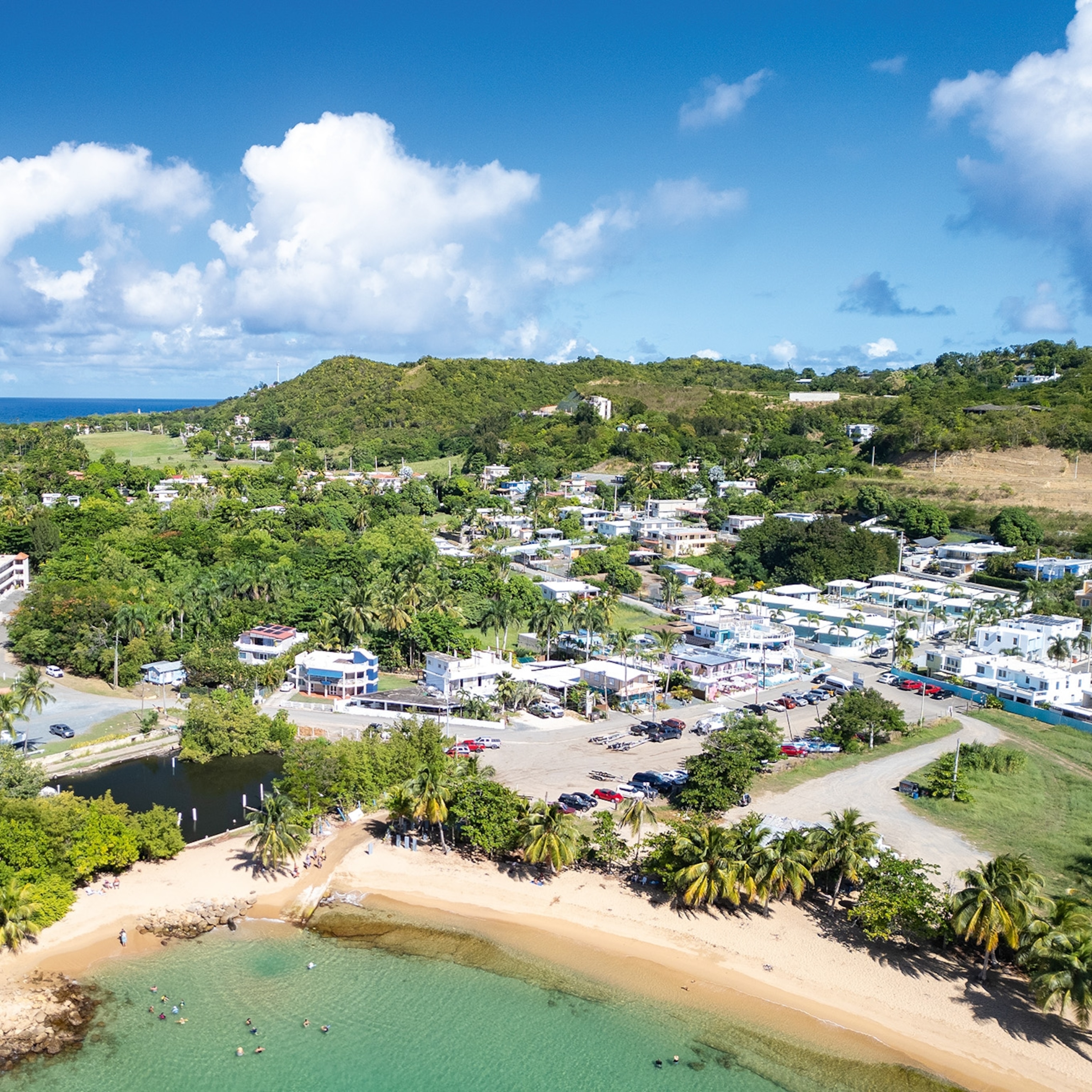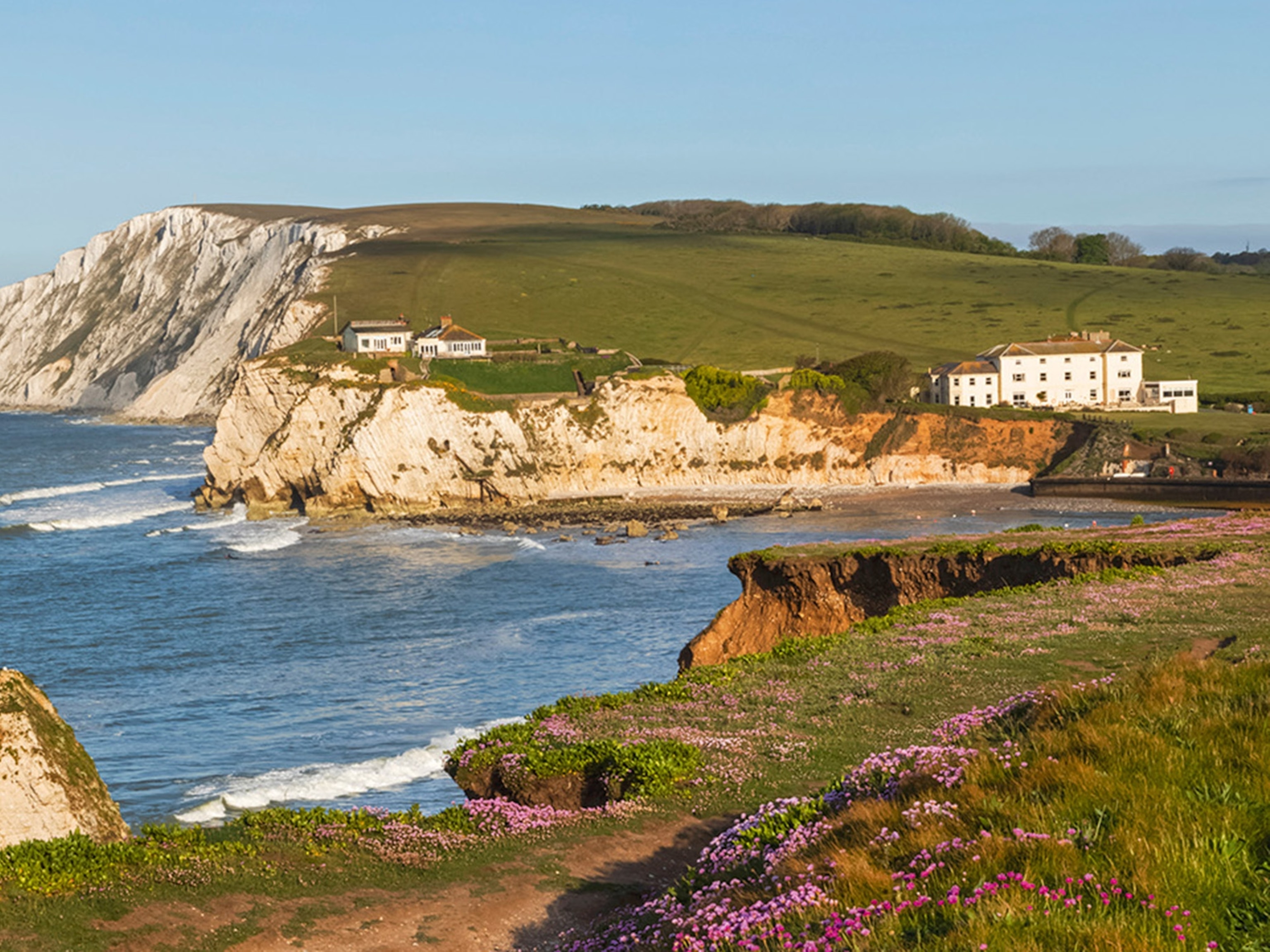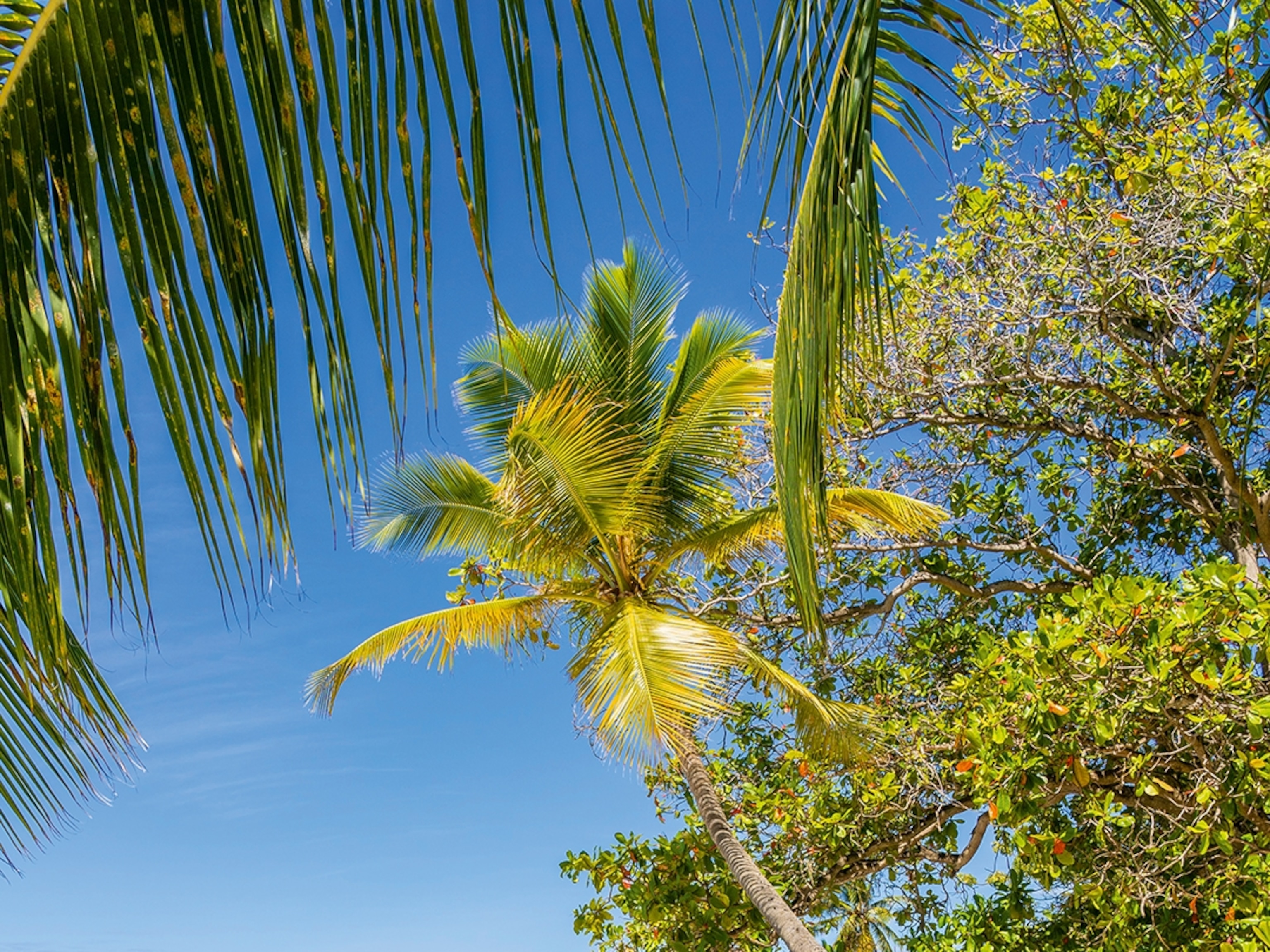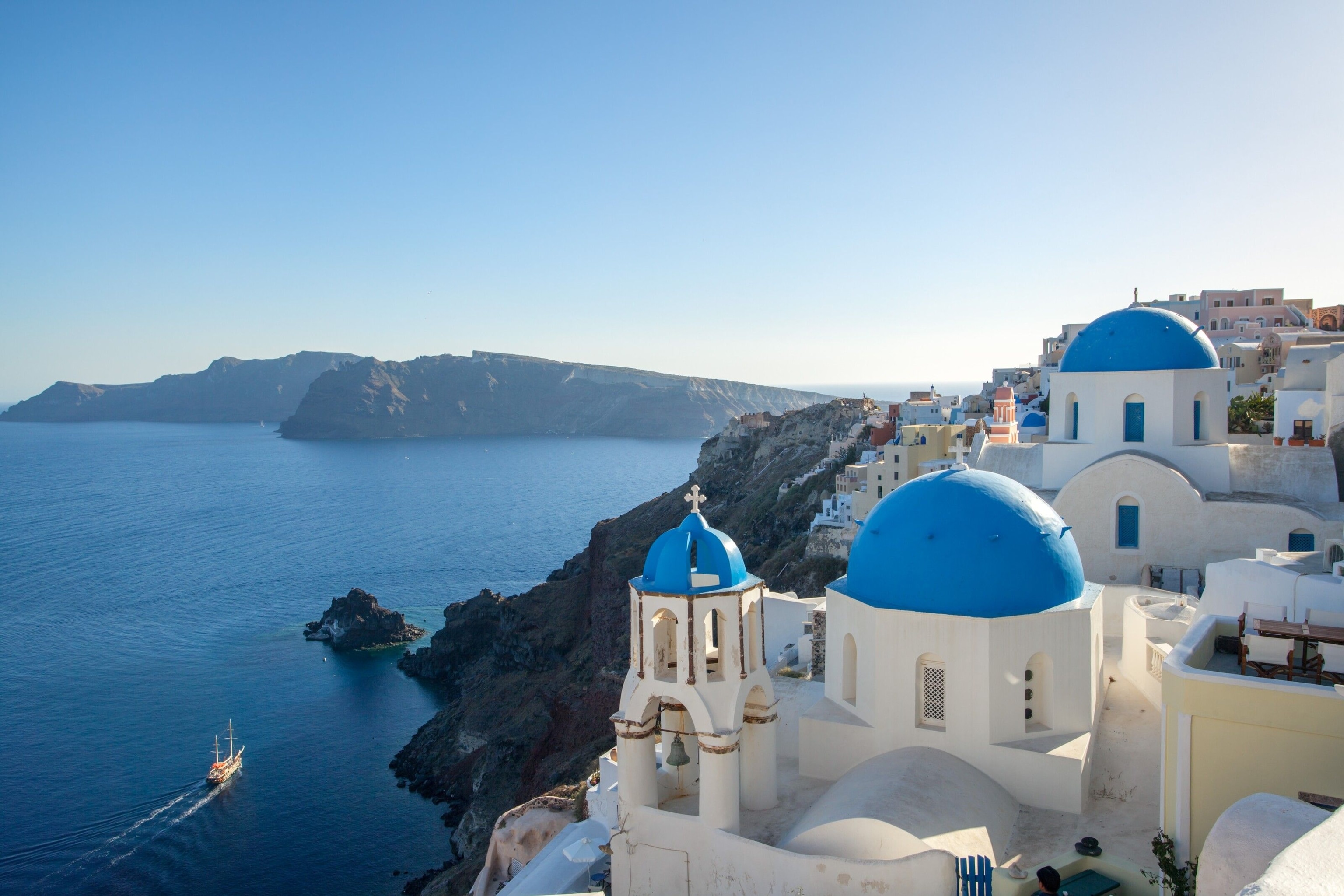
Nine Greek islands for globetrotting gastronomes
Greek island-hopping has long been a favourite traveller pastime, but it’s well worth factoring in the local gastronomy to get the most out of each stop. Here are 9 islands famous for their food.
Under the overarching umbrella of the Mediterranean diet, Greece’s islands boast some of the healthiest and most delicious food in the world, with succulent honey-soaked treats and exceptional olive oil guaranteed across the board. But along with individual personalities, terrains and people, each island has unique produce to discover, whether it be olives, wine, cheese or honey. Take a trip through nine of the most gastronomically rich islands, making sure to factor in beach time — as well as a big appetite.
1. Crete
The largest of the Greek islands, Crete is home to a wide selection of healthy products that epitomise the Mediterranean diet. Iconic foodstuffs include olives, olive oil, cheeses, seafood, snails and honey, which replaces sugar in local dishes. The island is also known for its 4,000-year-old winemaking tradition, indigenous grape varieties and abundance of raisins, plus raki, the fiery spirit synonymous with Cretan hospitality. Take a winery trip to Chania or Heraklion and be sure to drink the Cretan way — in good company, with plenty of laughter.
Did you know: Crete boasts 13% of Greece’s wine territory
How to get there: Fly to one of Crete’s three airports or take a ferry from Athens
2. Naxos
The biggest and greenest of the Cyclades islands, Naxos has always been self-sufficient in terms of its cuisine. Fertile terrain has meant the island is renowned for its fruits, olive oil, wine and thyme honey, and it also produces myriad cheeses, from graviera to kopanisti. Don’t leave without trying arseniko — a lightly spicy cheese made from sheep’s or goat’s milk that’s produced in the Naxos uplands and goes perfectly with spaghetti, or melted over the locally grown potatoes, known across Greece for their deep earthy flavour.
Must-try dish: Melachrino, a dense cake of locally grown walnuts
How to get there: Take a ferry to Naxos from Athens or one of the surrounding islands
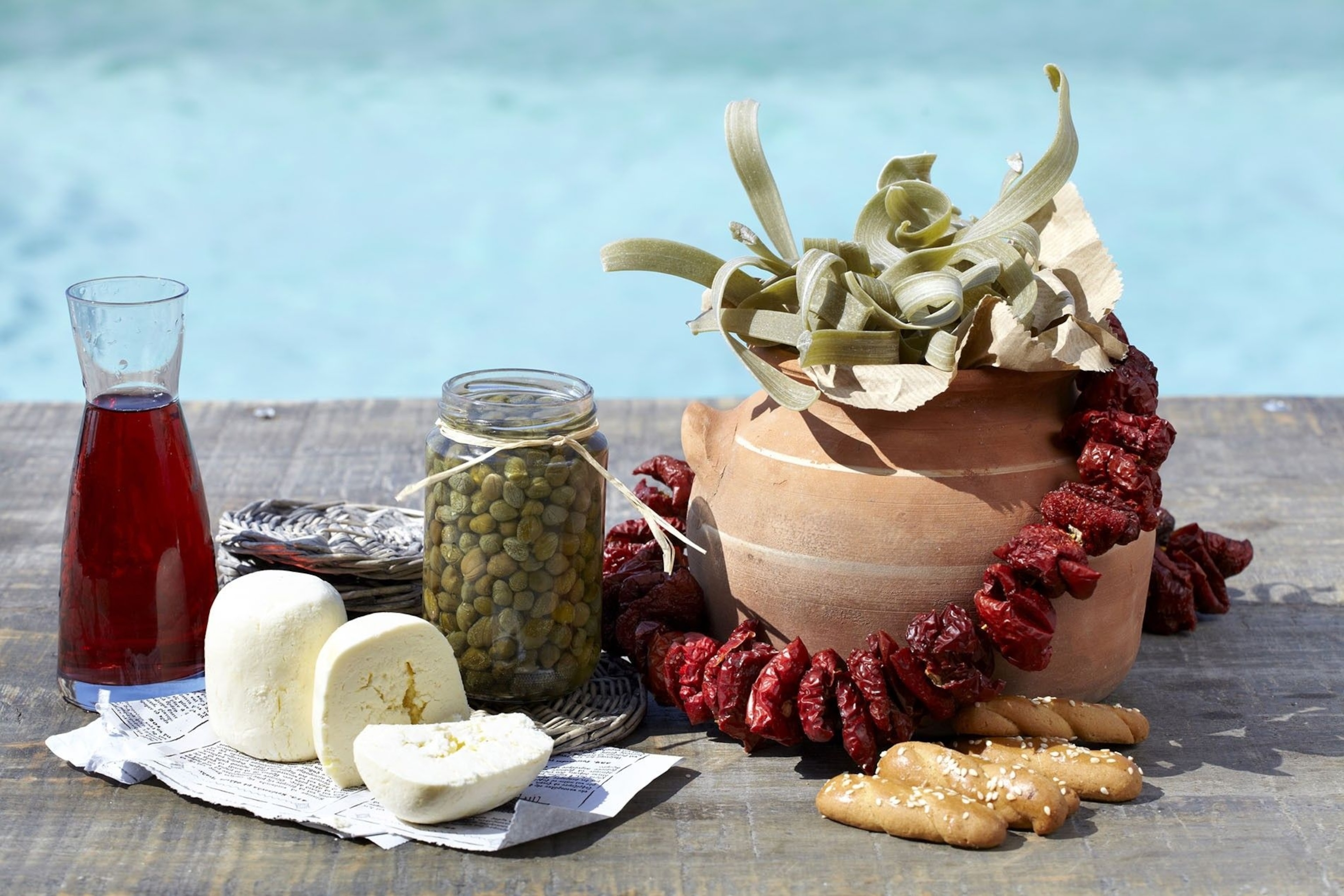
3. Tinos
In the north of the Cyclades archipelago, in the Aegean Sea, Tinos is home to the freshest fish, dairy, honey and the famous Tinian veal. Its cuisine differs from its Cycladic neighbours, with typical dishes including galaktoboureko (a custard-filled pastry), a local cheese called tiniako and plenty of dishes packed with artichokes. Wild rabbit stifado (stew) is a great dish to try, and it wouldn’t be right to leave without sampling the local tsipouro and ouzo spirits.
When to go: The island has its own gastronomy festival, Tinos Food Paths, usually held in May
How to get there: Take a ferry from Mykonos, which has the closest airport, or take a ferry from Athens
4. Santorini
A group of islands known for its iconic blue-and-white colour scheme and crystal-clear waters, Santorini is an active volcano that had its last major eruption 3,600 years ago. The islands boast plenty of produce such as capers, cherry tomatoes, juicy white aubergines and yellow split peas, used to make a delicious hummus-like dish called fava. Fuelling the attraction is the fact that Santorini is nicknamed ‘the wine island’ — it’s home to around 40 native grape varieties, including aidani, vinsanto and nykteri.
Did you know? The island group of Santorini consists of Thíra, Thirassiá, Asproníssi, Palea and Nea Kaméni
How to get there: There are seasonal flights to Santorini from London, Manchester, Bristol, Newcastle and Birmingham.
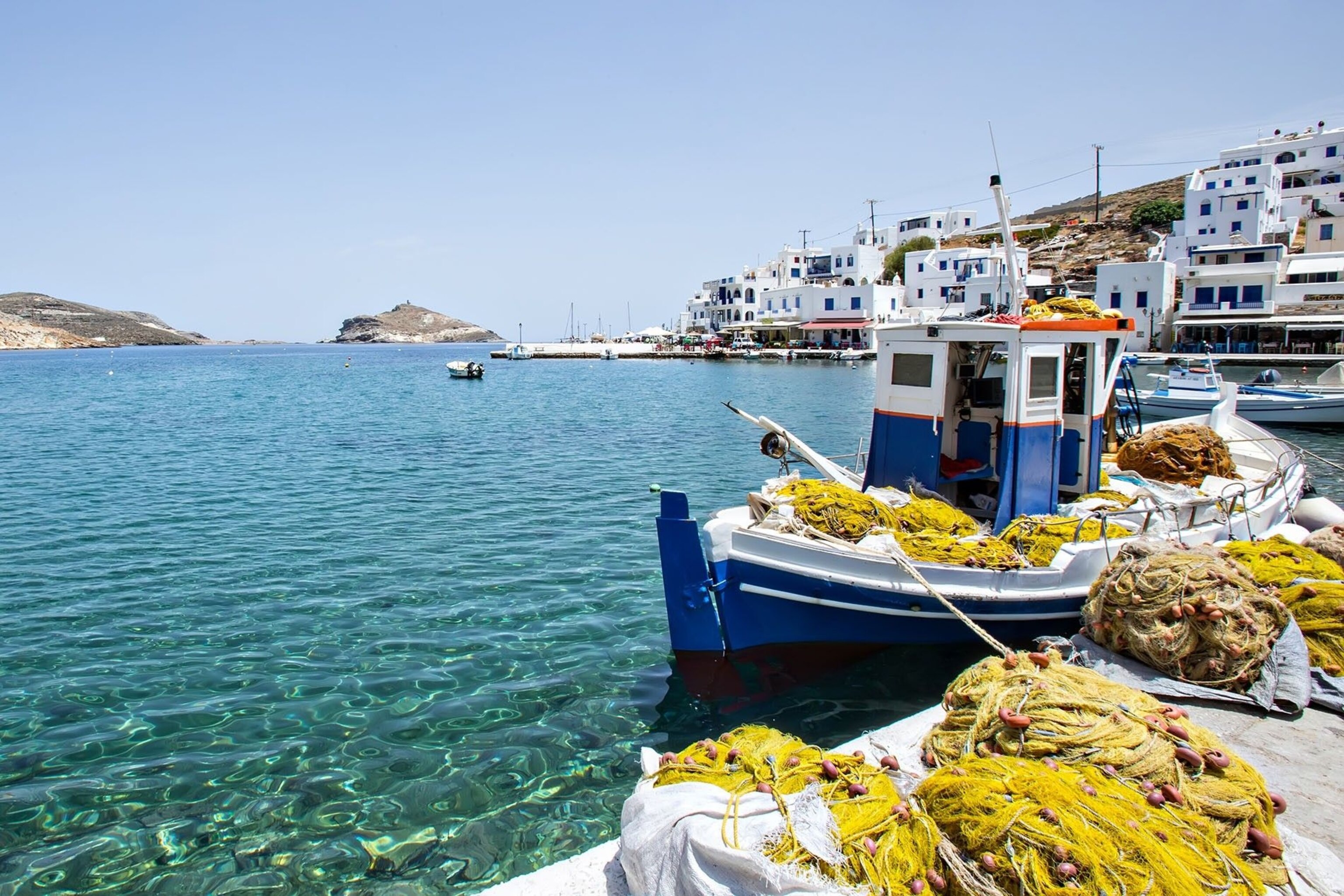
5. Chios
Chios is best known for mastic, a natural tree resin used in everything from medicine to foodstuffs. Mastic can be sampled in local breads and pastries, ice creams and sweet puddings — and even in a grape spirit called masticha. The fortified villages of Mastihohória stand testament to the resin's turbulent history, when its worth was similar to that of gold and these tiny settlements had to defend themselves from invaders. Chios has some of the finest oranges and mandarins in the world, with its citrus fruits often made into preserves such as lemon flower spoon sweet. Mushrooms, white cheese and pasta are also typical in local cuisine.
While in town: There’s plenty to do in Chios, including shopping in the Aplotaria Street market and visiting the Castle of Chios or the Byzantine Museum
How to get there: Ferries depart from Athens all year round; in summer there are flights from neighbouring Greek islands
6. Lesvos
As Greece’s third-largest island, Lesvos is best known for its extra-virgin olive oil and ouzo, a clear spirit that turns milky-white when mixed with water. It would be impossible to visit without sampling a glass of the anise-flavoured drink, served at social gatherings and mealtimes throughout Greece. Try it with meze snacks such as anchovies, roasted scallops and grilled octopus — all of which should be enjoyed with a healthy drizzle of olive oil. Lesvos is also known for traditional recipes such as stuffed onions with minced meat and rice.
One for the road: Delicious jarred sweets make the ideal Lesvos souvenir
How to get there: Some charter flights serve Mitilini Airport on Lesvos; ferries depart from Athens
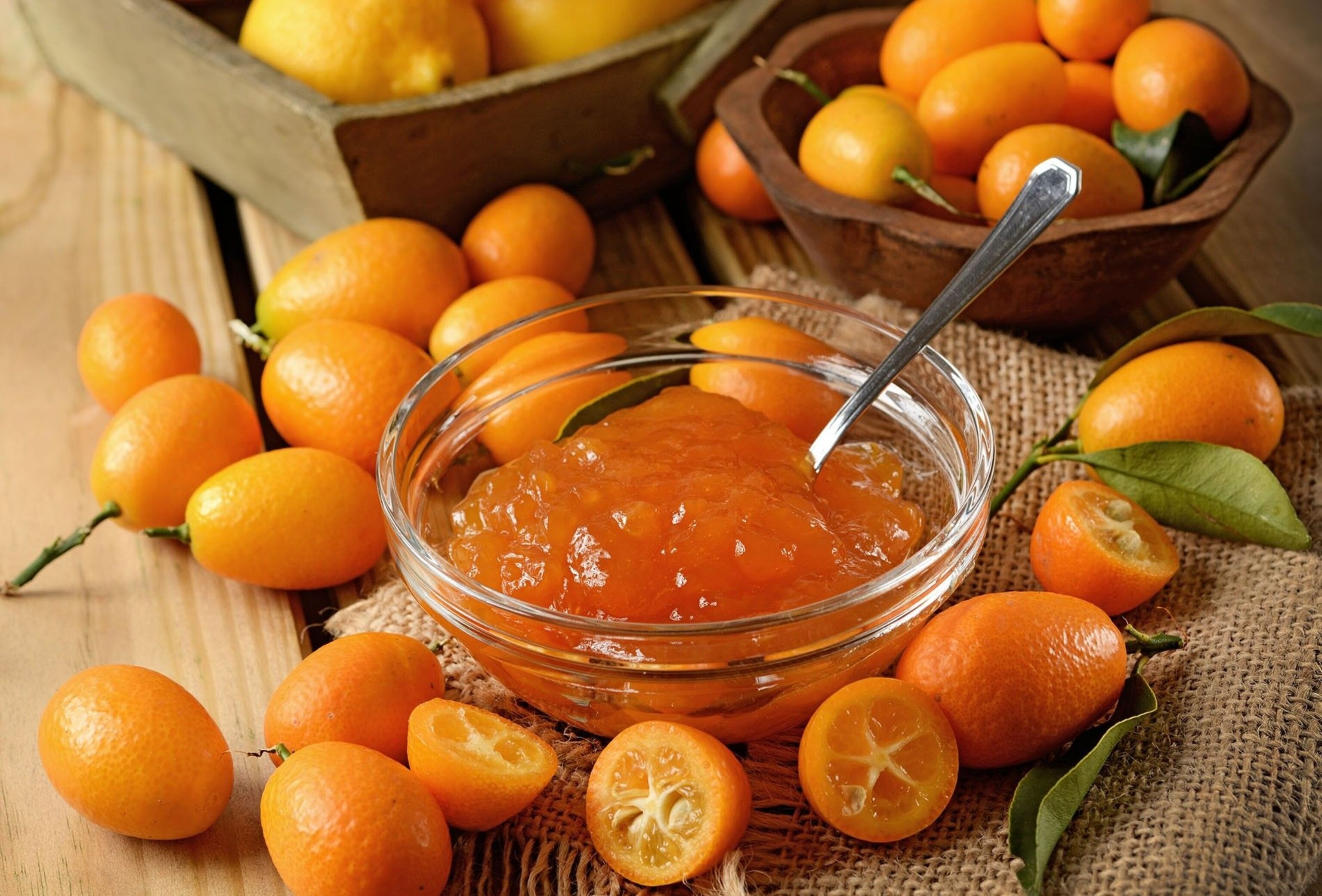
7. Corfu
Known for its symbolic olive tree, Venetian-influenced Corfu is home to top-quality olive oil, succulent black olives and all sorts of olive-based products including natural soaps and handmade furniture. Their abundance is down to heavy rainfall and humidity, and the hillside vineyards also give rise to great wines from the white kakotrygis and red petrokoritho varieties. Citrus fruits such as Merlin sweet orange trees also abound, and the locals love their own tsitsibira ginger ale. Food-wise, don't leave without sampling a kumquat or two, as well as pastitsada, a warming stew of either veal or rooster, cooked in a tomato sauce and rich in spices.
While on the island: Visit the UNESCO World Heritage Old Town for a stroll through the narrow, cobbled streets
How to get there: Flights serve Corfu from 20 UK airports including London and Manchester; ferries depart from Athens
8. Samos
Samos is blessed with mountains, valleys, lush forests and ocean, so it's little surprise that its homegrown produce includes olive oil, citrus fruits and juicy tomatoes. In terms of drinks, Samos is all about muscat, a straw-coloured sweet wine typical of the island. Although muscats are also produced elsewhere, Samos’s version is full-bodied, with apple and pear aromas. Wine-lovers should visit in August for the island’s own 10-day wine festival, where visitors can refill a glass as often as desired. Don't miss the Tunnel of Eupalinos, one of the greatest engineering achievements of the classical world.
Mind your maths: Samos was the home of Pythagoras, the father of mathematics
How to get there: Flights and ferries serve Samos from Athens
9. Rhodes
The largest of the Dodecanese islands, Rhodes is a historic destination with plenty of unique attractions. The cuisine draws on Anatolian, Venetian, Frankish and Italian influences, resulting in recipes such as stuffed baby goat, wild greens stew and oven-baked pumpkin. Local honey is central to sweet treats such as xerotigana (fried spiral pastries), pastelaries (dried figs with almonds and sesame seeds) and preserved spoon sweets.
What to drink: As well as excellent wine, it’s worth trying the local souma, a drink made from pressed grapes
How to get there: There are direct flights to Rhodes from several UK airports; ferries also depart from Athens
For more information visit visitgreece.gr
Follow National Geographic Traveller (UK) on social media
Twitter | Facebook | Instagram
